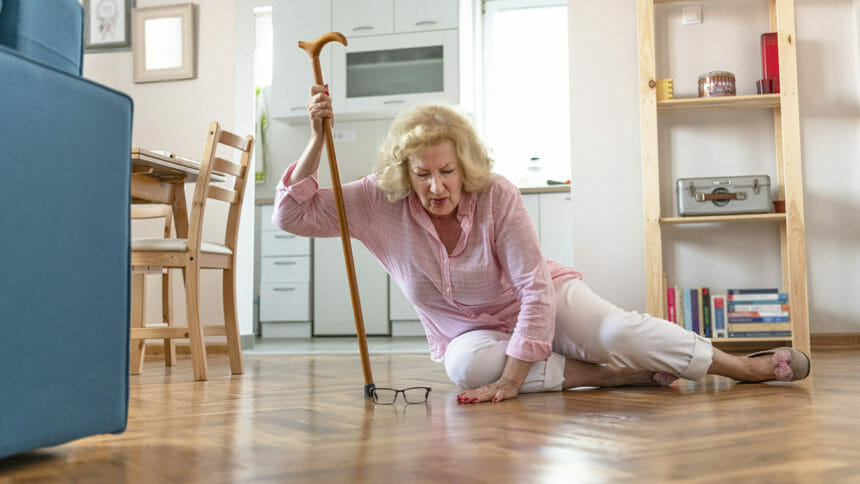
Taking a spill comes with a financial price tag that varies depending on what state you’re in, according to a new report published by Brooks Rehabilitation, a rehabilitation hospital in Florida.
According to the data, the states where fall-related costs are the highest are Connecticut, New York and Rhode Island. In Colorado, Utah and Alaska fall costs are on the lowest side. The data is derived from the Centers for Disease Control and Prevention (CDC) data as well as medical professionals at Brooks Rehabilitation. Costs include hospital care, follow-up visits, medical equipment, rehabilitation, and drug prescriptions.
In older adults, 1 out of 5 falls leads to a serious injury like a head injury or broken bones. As a result, about 3 million older adults go to emergency departments for care, and approximately 800,000 are hospitalized due to fall injuries every year, the authors said.
Approximately $50 billion a year is spent on medical costs related to older adult falls. In non-fatal falls, about $29 billion is paid by Medicare, $9 billion is paid by Medicaid and $12 billion is paid by private or out-of-pocket payers.
What accounts for the differences in cost? State laws, insurance coverage, access to specialized services, and the cost of living are all factors that make the costs for non-deadly fall care vary depending on state.
For example, the cost of one fall in Alabama is $7,868.66; the cost is $3,975.14 in Alaska and $12,698.43 in Connecticut, the data showed. The US Health Resources & Services Administration notes that Connecticut, for instance, has the lowest access to care in the country with 19 doctors per 100,000 people — something that could be jacking up medical costs.
“Falls can result in fractures, traumatic brain injuries and fear of falling that restricts community and social engagement. Sometimes these injuries result in people moving into nursing facilities,” Logan Taulbee, a board-certified geriatric clinical specialist in Brooks’ outpatient division, said in the report. “Serious injuries that can happen from falls include a traumatic brain injury, spinal cord injury and death.”




